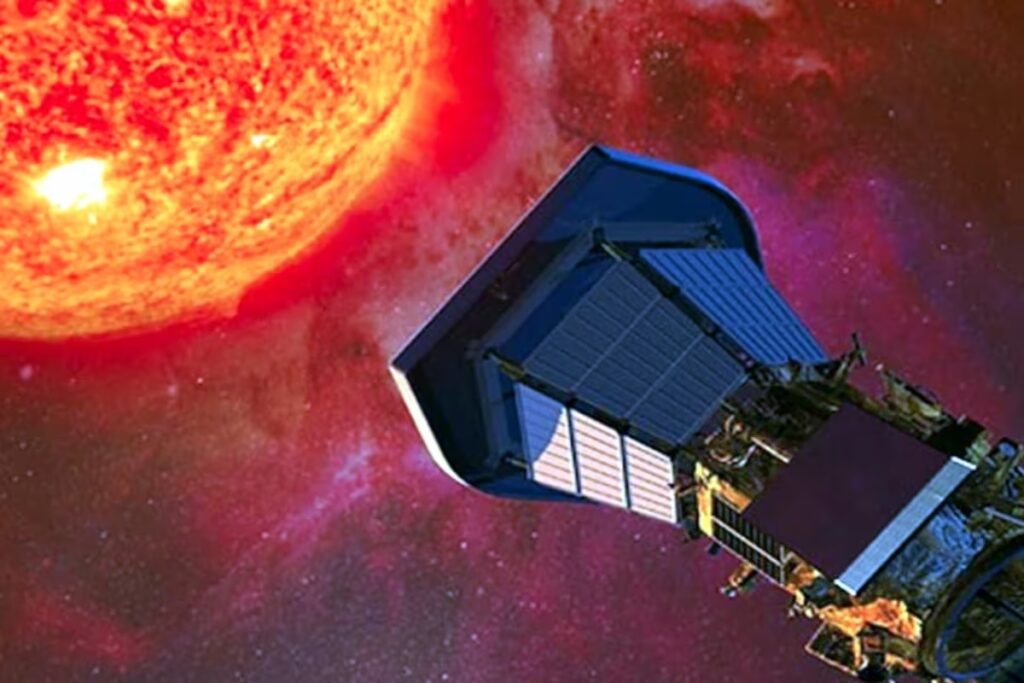
The date was August 23, 2023, at 6:04 PM when India achieved a historic milestone with the successful Chandrayaan-3 lunar mission. With the Vikram lander gracefully landing on the moon’s South Pole, jubilation swept through the nation. But even as the country basks in this achievement, ISRO (Indian Space Research Organisation) has unveiled its next cosmic ambition – a mission to study the Sun. Aditya L1, India’s first solar mission, has been unveiled, and here’s all you need to know about it.
ISRO’s Focus Shifts to the Sun
Just one day after the monumental success of Chandrayaan-3, ISRO Chairman S Somanath revealed to ANI, a media house, that ISRO is gearing up for its debut solar mission – Aditya L1. The mission is slated for launch in September 2023, marking a swift transition from one landmark endeavor to another.
Announced initially in late 2017, the Aditya L1 mission has been developed alongside Chandrayaan-3. This mission is designed to observe the Sun from an orbit around the Sun-Earth Lagrangian point 1 (L1), positioned approximately 1.5 million kilometers away from Earth.
Aditya L1 will carry seven scientific instruments onboard, with four dedicated to directly observing the Sun’s outermost layers, particularly the corona. The remaining three instruments will “perform in-situ studies of particles and fields in the surrounding space“. The mission’s main objectives, as outlined on ISRO’s official website, encompass the dynamics of the Sun’s upper atmosphere, investigations into solar flares, coronal heating mechanisms, and the underlying causes of space weather phenomena like solar wind.

The month of September is poised to be momentous for ISRO, as the agency plans to execute a dedicated crew module and escape capability mission for demonstration purposes. The success of this mission will “play a pivotal role in India’s ambitions for its first manned space mission”, Gaganyaan, expected to take flight by 2025.
Amidst the anticipation surrounding Aditya L1, the triumph of Chandrayaan-3’s mission to the moon’s South Pole holds its own significance. The lunar region offers substantial potential for human habitation, and India is set to become the pioneer in exploring this frontier.
The exploration phase has already begun, with ISRO sharing the news of Chandrayaan-3’s Rover making its first strides on the lunar surface via their official social media account. ISRO’s Chief mentioned, “Pragyan Rover is equipped with two instruments that focus on investigating the moon’s elemental composition and chemical makeup. It will also traverse across the lunar terrain.”
With Chandrayaan-3’s success setting the stage, India’s focus now turns to Aditya L1, promising another significant leap in space exploration by ISRO. Are you ready for this exciting journey into studying the Sun? Share your thoughts in the comments below.




